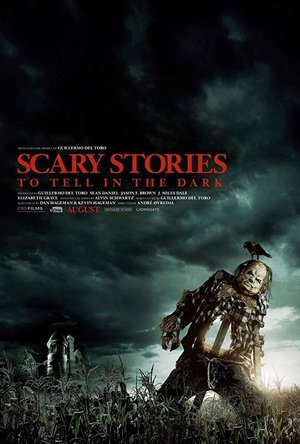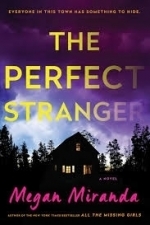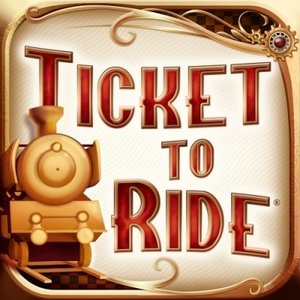
Ticket to Ride
Entertainment and Games
App
A very simple yet challenging game: Tasked with creating connections betwen cities you collect sets...
BoardGameApp
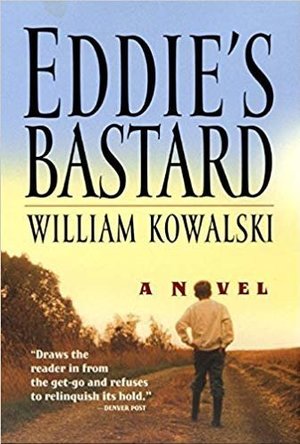
Eddie's Bastard
Book
In this rich, deeply resonant literary debut, twenty-eight-year-old William Kowalski explores the...
fiction literary fiction contemporary American
Gareth von Kallenbach (980 KP) rated Harriet (2019) in Movies
Nov 7, 2019
The story begins after church services where Minty’s husband John Tubman who was a free slave asks the plantation owner to allow Minty to be freed so their children would be born free instead of slaves. The slave owner, Henry Broadess (Mike Marunde played with a gleeful abundance of entitlement) denies the request. This is the spark where Araminta decides to run away to live as a free person.
Minty was known for her “spells” since the accident, where she was hit in the forehead by a thrown weight. The film interprets seizures as her conversation with God. The film uses these spells as her talks with and messages received from God. That is how Harriett’s visions are explained. That she has an ability to know where to go and what to from what she sees when she has an episode.
Harriet had saved herself from slavery. She made it to the State of Pennsylvania where she would be free. After a year or so, Harriet decided that she would not be able to rest comfortably as a “free slave” without her husband and her family. That is when she decided that she would go get her loved ones.
As we know from history, she saved her family and many others through the Underground Railroad. All her rescues were successful, totaling 70 that she brought to freedom. The Civil War began a few years later. We are shown Harriet, working with the Union Army to save the lives of about 700 slaves.
The film celebrates Harriet Tubman and provides a beautiful biographical film of this amazing woman. Cynthia Erivo should get a nomination or two come award season. Pssst, she already has a Tony from her performance of The Color Purple on Broadway and a Grammy. She is already halfway to an EGOT. The cast of the film is fantastic. Leslie Odom Jr. as William Still, the man who kept the records of each emancipated slave and provided new identities to help them. Then there is Janelle Monae, as Mary Buchanon, born a free woman. She was among the group that helped Harriet make a new life in Philadelphia.
The film tells a brave tale, but it glosses over the dark history of slavery. Yes, it is one of the dark chapters in humanity. The atrocities committed in the name of self-preservation are despicable. The creators of the movie could have provided a more realistic representation of a picture of slavery.
This film is very good. Ms. Erivo performs effortlessly as Harriet. The supporting cast are very good. Harriet Tubman was a hell of a woman back in the day. I liked the movie. I also would have liked to have slavery shown in stark reality, not coated in idealism.

Read by QxMD
Medical
App
'Read by QxMD' provides a single place to keep up with new medical & scientific research, read...

CARDIO3®Echocardiography HD
Medical and Health & Fitness
App
Comprehensive Atlas of Echocardiography is the first iOS version of CARDIO3®ECHOCARDIOGRAPHY...
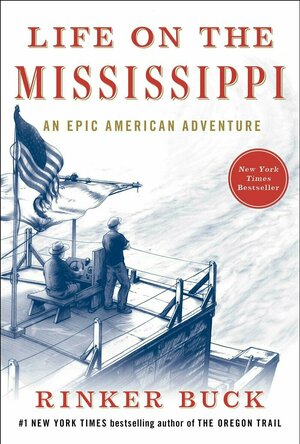
Life on the Mississippi
Book
The eagerly awaited return of master American storyteller Rinker Buck, Life on the Mississippi is an...
Lee (2222 KP) rated Scary Stories to Tell in the Dark (2019) in Movies
Aug 21, 2019
That movie version comes from Troll Hunter director André Øvredal and producer/co-writer Guillermo del Toro and attempts a Goosebumps style movie, taking some of the better known stories from the 80+ contained within the books and weaving them into a larger narrative, set in Mill Valley Pennsylvania during the fall of 1968.
It's Halloween and a group of teens are preparing to go out for an evening of trick or treating - applying makeup, getting into their costumes, fishing in the toilet for turds in preparation for a Halloween trick. They head out on their bikes but it's not long before they run into some idiot jocks from their local school, and that turd trick suddenly comes in handy! We've already been introduced to the jocks earlier in the movie, out in a cornfield where they were hitting a creepy looking scarecrow about the head with a baseball bat. Yep, they're certainly going to regret that a little bit later on!
The teens manage to escape the jocks, working their way into a drive through movie that's showing "Night of the Living Dead" and into the car of another teen called Ramón. The group strike up a bond with Ramón after he helps them out and they all decide to go and break into an abandoned local house which is reportedly haunted. They find their way into the basement where legend has it that Sarah Bellows, the daughter of a prominent local family, was locked away in the late 1800s. Horror nerd Stella comes across a book containing short scary stories that were written in blood by Sarah, and she decides to take it with them. As Stella opens the book’s pages, she sees that Sarah’s stories are literally beginning to write themselves - stories that put her friends in some pretty unpleasant situations, stories which immediately become reality the moment they're written. As Stella later puts it, "You don't read the book, the book reads you".
The setup and the scenarios within each story are enjoyable enough and are certainly creepy, however the execution doesn't always work so well and the payoffs aren't quite as scary as I would have liked. The movie also suffers from some slightly dodgy CGI at times too, which doesn't help. That said, I thoroughly enjoyed the final story, and the return to the house in order to try and stop Sarah Bellows worked really well for me. It all ends with a definite opportunity for a sequel and with plenty more scary stories to choose from within the source material, I'm sure we'll be seeing another one soon. Scary Stories to Tell in the Dark taps nicely into the "It" and "Stranger Thing" vibe, with it's group of teens rising up together against evil, and despite it's faults I did have a lot of fun with it. I'm definitely interested in seeing more.
Kristy H (1252 KP) rated The Perfect Stranger in Books
Feb 1, 2018
This is Miranda's follow-on to [b:All the Missing Girls|23212667|All the Missing Girls|Megan Miranda|http://images.gr-assets.com/books/1452098621s/23212667.jpg|42755300], and I actually found myself liking THE PERFECT STRANGER even more. While GIRLS hooked you with its backward narrative shtick, STRANGER pulls you immediately with the strength of its story, and it never lets go. Everything in the novel is complicated and interrelated, it seems, and you're constantly digesting details and facts and trying to put these intricately interwoven pieces together, just as Leah is. Because she has a past as a reporter, she's great at digging through facts, but you also can't trust her as a narrator, and it puts you--the reader--in quite a bind. What is true? Who is real? It was a frustrating (in a good way) dilemma, and I loved it.
The novel gets progressively creepier as it unfolds: to the point that I found myself checking the curtains when I was up late at night (frantically reading the book, of course!). I kept wondering what on earth was going on and how everything could possibly fit together. At one point, there was a great plot twist that I totally didn't see coming. I love when that happens! The book kept me puzzling right up until the end. It's really quite spellbinding.
It reminded me a bit of a [a:Mary Kubica|7392948|Mary Kubica|http://images.gr-assets.com/authors/1447464986p2/7392948.jpg] novel; you really do start to doubt if Emmy exists. As mentioned, Leah is a very unreliable narrator in many ways. She brings her reporter instincts to this small town (despite trying to escape that part of her past), and it's truly fascinating watching her try to unravel the story. Her searches become really exciting, even if you don't completely trust her or know if you can believe her.
Everything ties together really well. The only downside for me was that the ending was a bit anticlimactic, but the "aha" moments when everything fits together are amazing. It's a really intricate and well-plotted novel. I stayed up late to finish it because I could not go to bed without knowing what had happened. I was more excited about finishing this book than Duke's defeat in the NCAA tournament - that should say a lot. :)
Overall, a very exciting and interesting (and often spooky!) thriller. Definitely recommend.
I received a copy of this novel from the publisher and Edelweiss (thank you!) in return for an unbiased review; it is available everywhere as of 04/11/2017.
<center><a href="http://justacatandabookatherside.blogspot.com/">Blog</a>; ~ <a href="https://twitter.com/mwcmoto">Twitter</a>; ~ <a href="https://www.facebook.com/justacatandabook/">Facebook</a>; ~ <a href="https://plus.google.com/u/0/+KristyHamiltonbooks">Google+</a></center>;

Case Files Anesthesiology, 1st Edition
Medical and Education
App
“The book targets medical students, but even junior anesthesia trainees would find it very...


